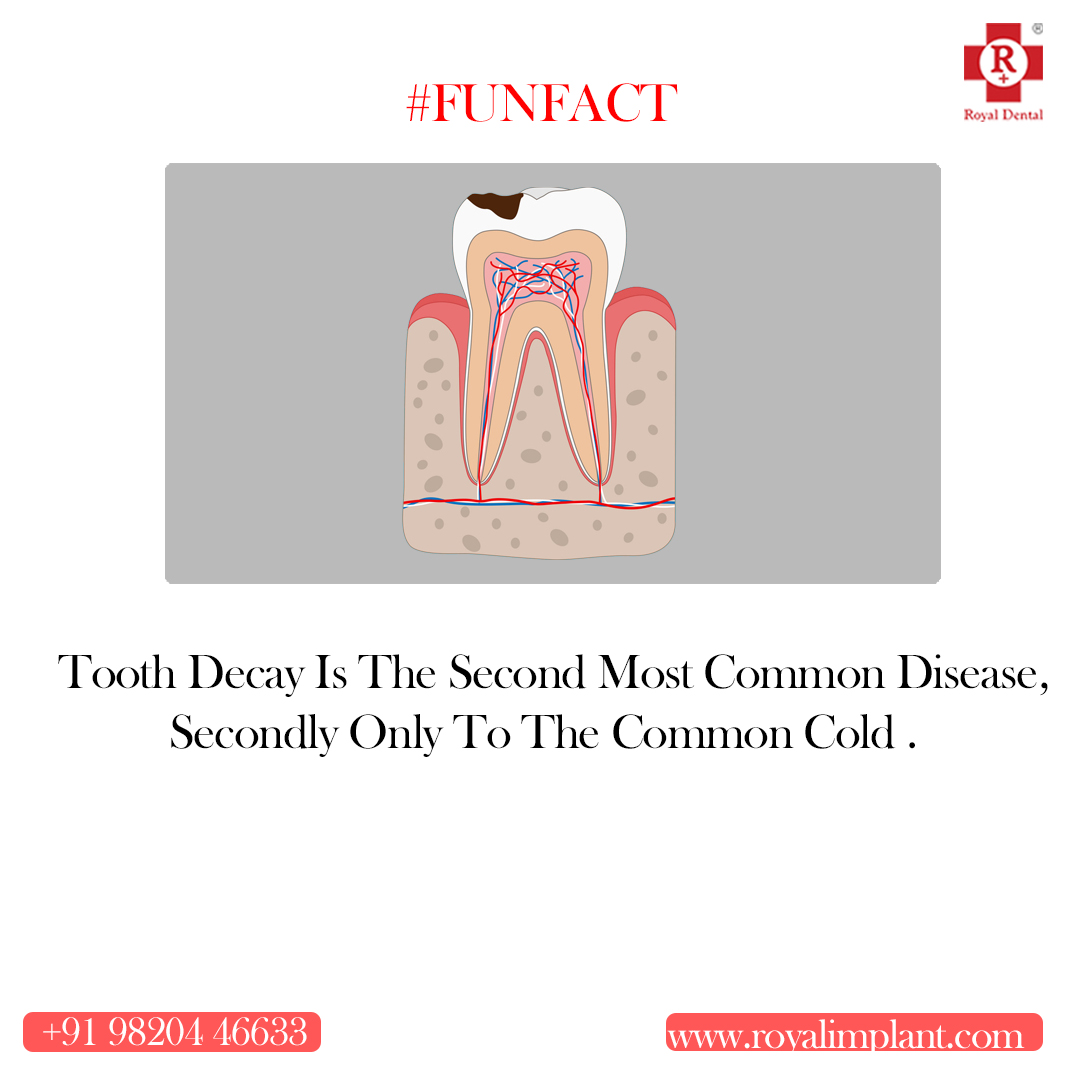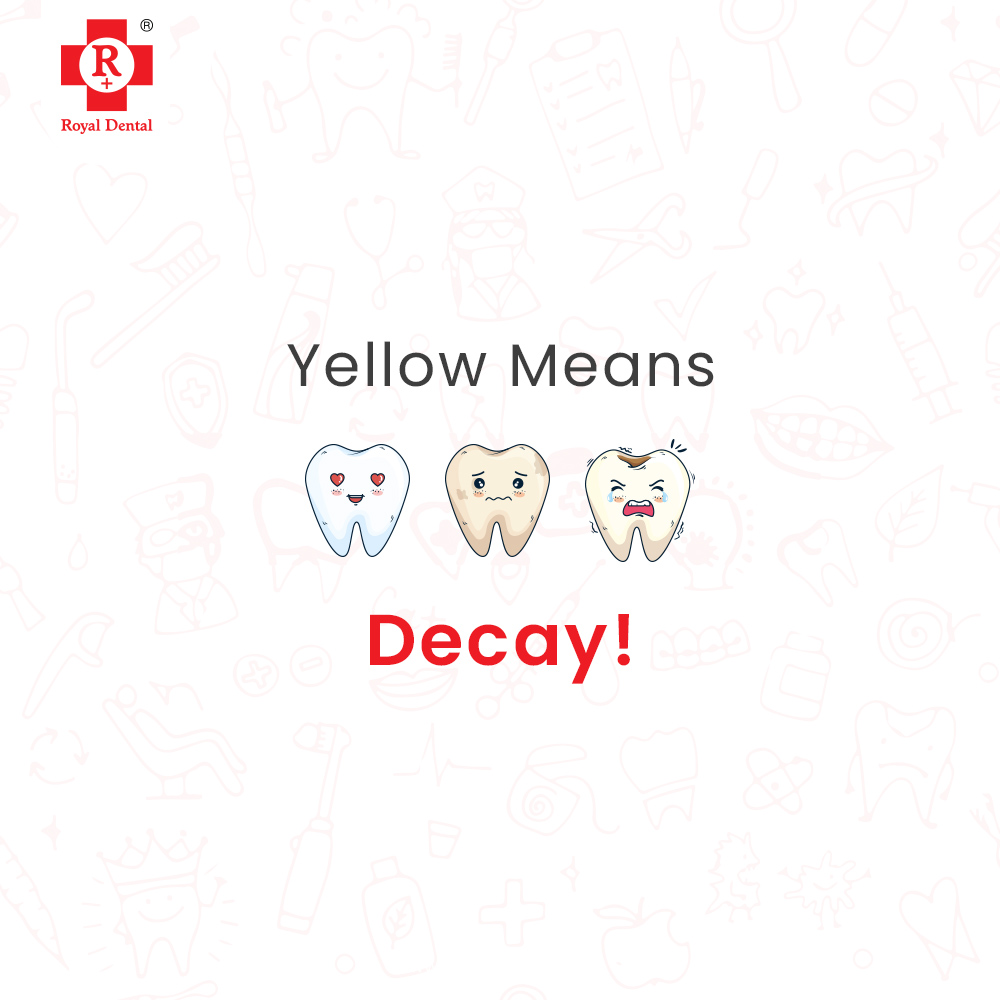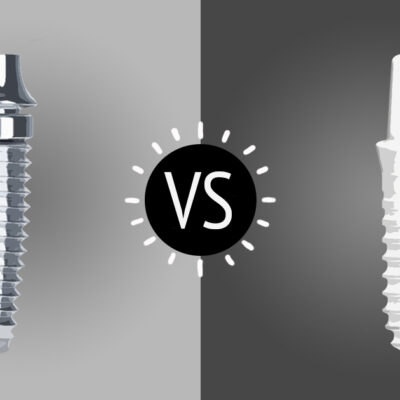When you think of oral health, your mind likely jumps to things like teeth whitening, fluoride-filled toothpaste, and professional cleanings. But what about your gums? Do they cross your mind often enough when it comes to thinking about oral health? They should! Healthy gums are just as important to a healthy smile as your teeth. Unfortunately, many people don’t know the risks their gums pose until it’s too late. Untreated gum disease can lead to severe consequences like tooth loss and heart disease. However, with the right information about symptoms and treatment options for gum disease, you can take action before things get out of hand. Keep reading to learn more about how you can protect your gums from further complications.
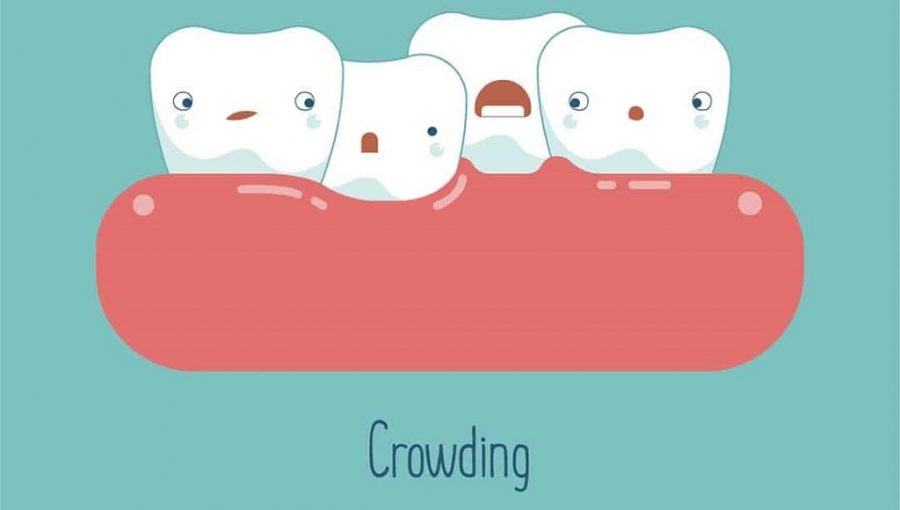
What is Gum Disease?
It is also known as periodontal disease, and it’s a bacterial infection that affects the tissues surrounding your teeth. It’s the number one cause of tooth loss in adults according to the American Dental Association. Fortunately, there are ways to treat gum disease before it becomes a serious problem.
Gum disease occurs when bacteria in your mouth build up and create an infection in the soft tissue that surrounds your teeth and holds your teeth in place.
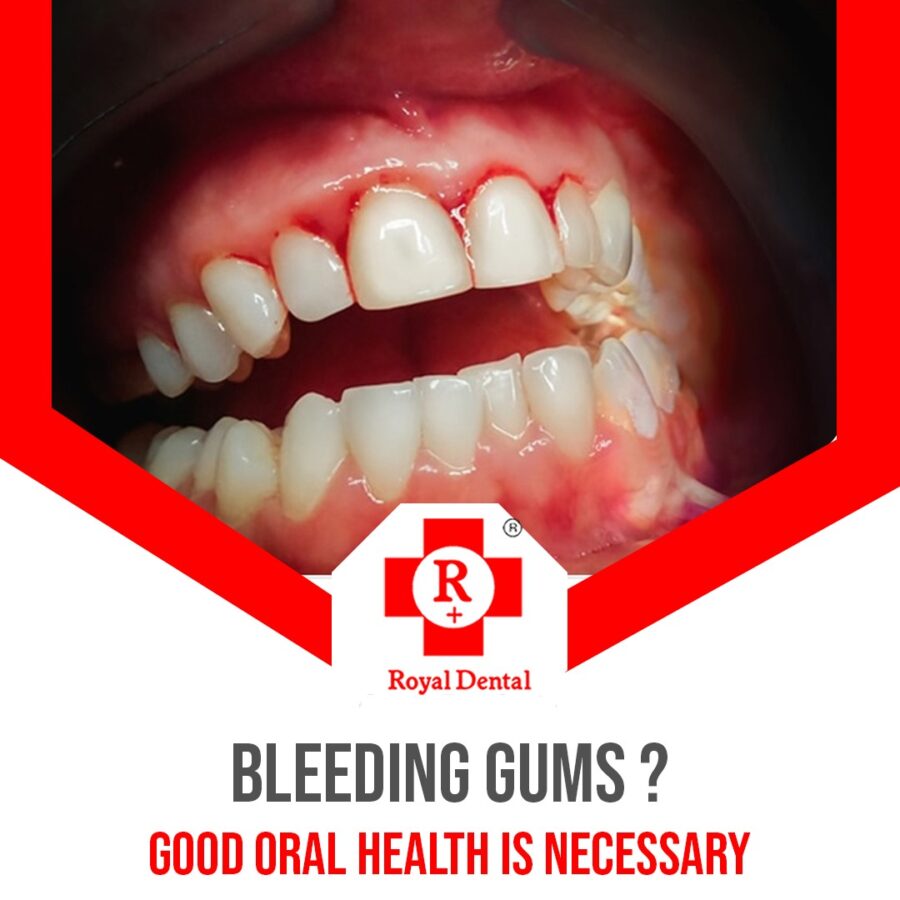
There are two main types!
Gingivitis – This is an infection in your gums caused by bacteria in your mouth. It’s reversible with treatment and does not always lead to periodontitis. Gingivitis is a very common oral health issue, especially among people with poor oral hygiene. Gingivitis is marked by swollen and red gums, and bad breath. In most cases, gingivitis is completely curable through professional cleaning and improved oral hygiene at home.
Periodontitis – This is a more serious form of gum infection. Unlike gingivitis, periodontitis is irreversible and can lead to tooth loss. It’s caused by the same bacteria that cause gingivitis, but in much greater amounts.
Gum Disease Symptoms
As your gums become less healthy, they may appear red or swollen, bleed during brushing and flossing, or feel tender. You may also notice bad breath, which is a common side effect of gum disease. If you have any of these symptoms, it’s important to visit your dentist right away. Left untreated, gum issues can cause tooth loss, infection, and joint diseases.
Red or swollen gums
Your gums should look red and healthy, but if they’re red and swollen, that’s a sign that bacteria are building up and causing an infection.
Bleeding gums
If you notice that your gums are bleeding even when you’re not flossing, that’s a sign that you could have a bacterial infection in your gums.


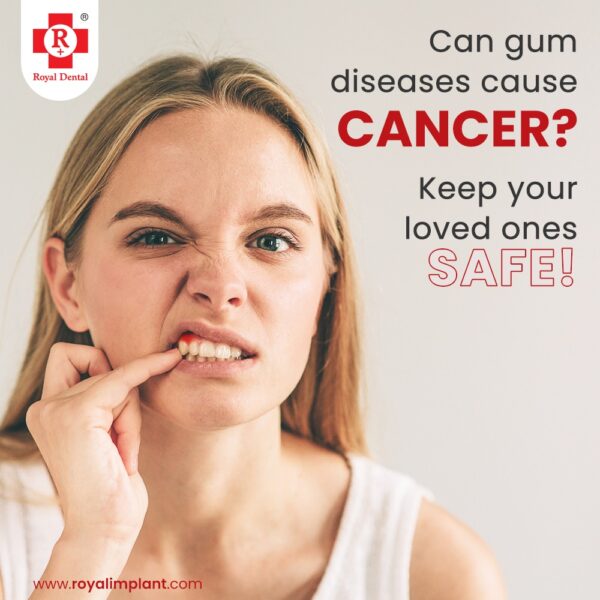
Feeling tender around your teeth
Some people describe a gum disease feeling like their gums are constantly swollen and tender.
Bad breath
Gum disease can lead to bad breath even when it’s not active.
Tooth sensitivity
If you notice that your teeth are more sensitive than normal, it could be caused by bacterial infection in your gums around the roots of your teeth.
Treatments for Gum Disease
Treatments varies depending on the severity of your condition. In most cases, the best way to treat gum disease is to improve your oral hygiene to reduce the risk of infection. If you have more serious gum disease, you may need antibiotic treatment or surgery to treat it.
Flossing – Flossing around your teeth is one of the most effective ways to reduce the risk of gum disease.
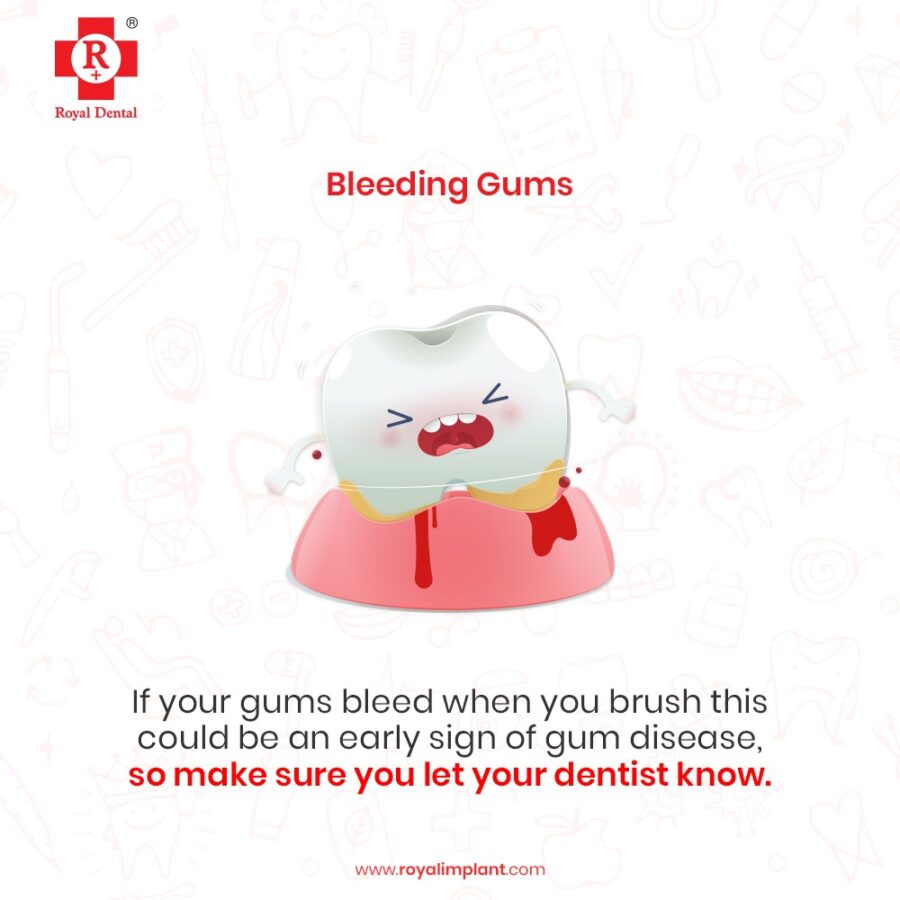
Using an electric toothbrush – Brushing too hard can damage your gums, but using an electric toothbrush gently can help you reach all the areas of your mouth that you need to clean.
Professional cleanings – Professional cleanings can help remove excess plaque and bacteria from your teeth and gums that you can’t remove yourself.
Antibiotics – In some cases, antibiotic treatments may be necessary to treat gum disease.
Prevention is Key
Simple changes to your daily routine can help you prevent or treat gum disease.
Eat a healthy diet – Eating a healthy diet can reduce your risk of gum disease by cutting back on bacteria.
Drink plenty of water – Drinking plenty of water keeps your mouth clean and reduces bacteria.
Brush twice a day – Bushing your teeth at least twice a day is the most effective way to clean your teeth and gums.
Floss once a day – Flossing once a day is essential for cleaning in between your teeth where a toothbrush can’t reach.
Visit the dentist every six months – Visiting the dentist every six months allows your dentist to catch gum disease early and treat it before it becomes serious.
Conclusion
Gum disease is a bacterial infection that can lead to tooth loss if left untreated. Early symptoms of gum disease include swollen or red gums, bleeding gums, and bad breath. To prevent and treat gum disease, you should eat a healthy diet, drink plenty of water, brush your teeth twice a day, floss once a day, and visit the dentist every six months.
Follow Us For More Updates

